this was the coolest trip I think I’ve ever done. I cannot wait to go back and explore more of this massive country. I know that most westerners don’t typically consider China as a travel destination. For asia, us white Americans usually prefer Japan or Thailand or Korea. but let me tell you, you’re missing out on a HUGE part of culture and history (and FOOD) when you bypass china.
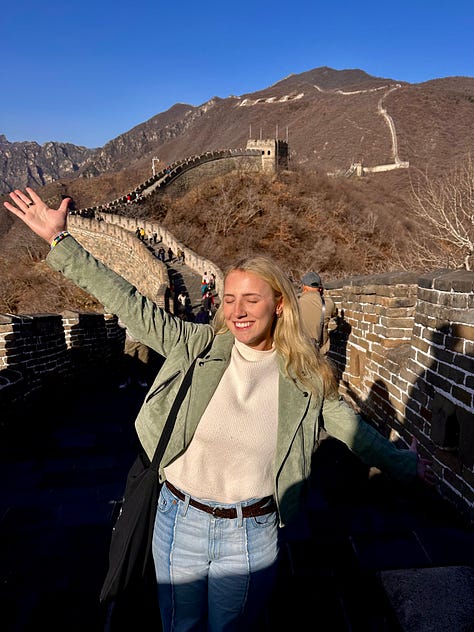
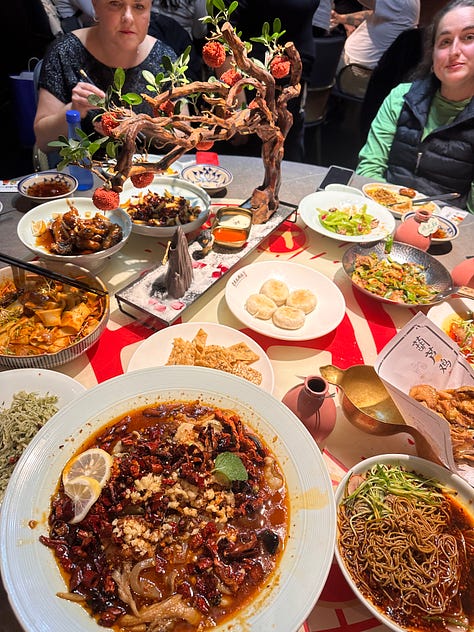
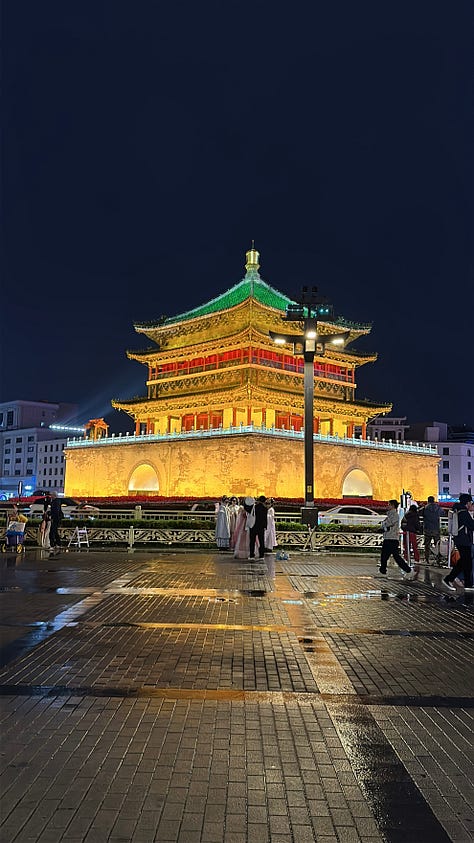
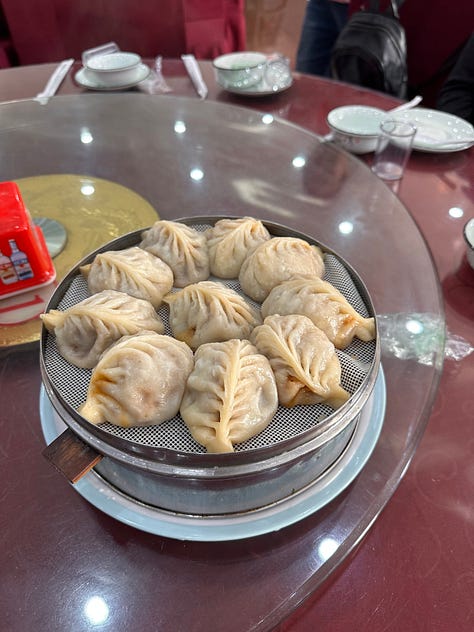
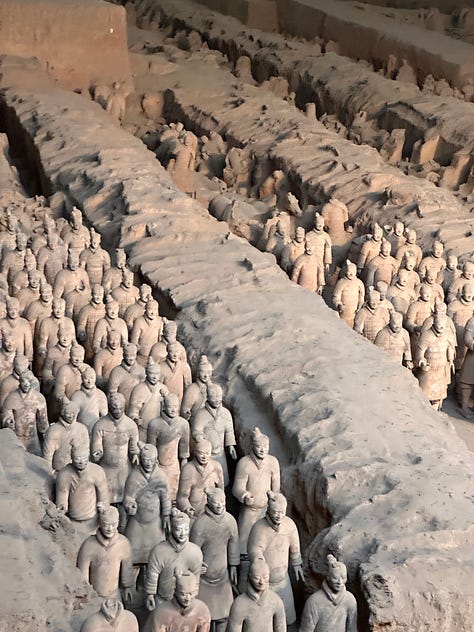
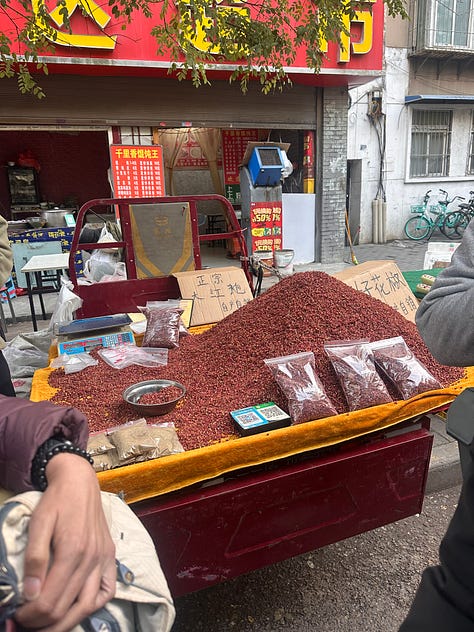
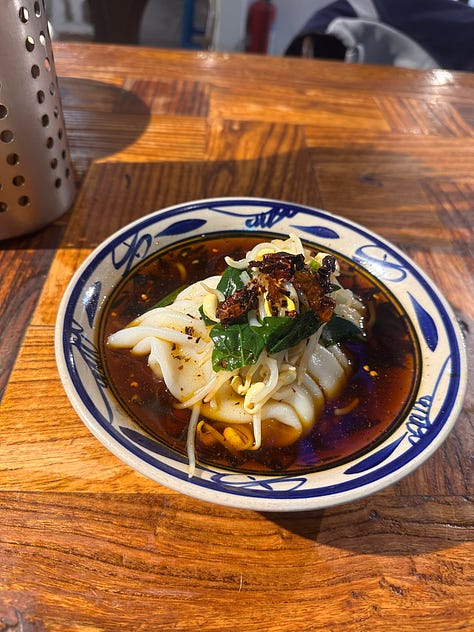
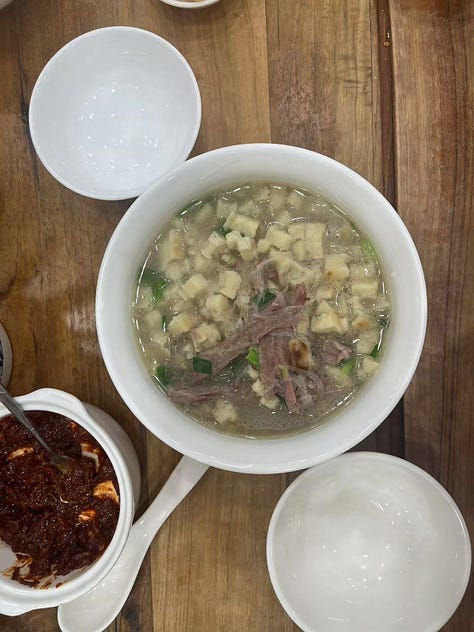
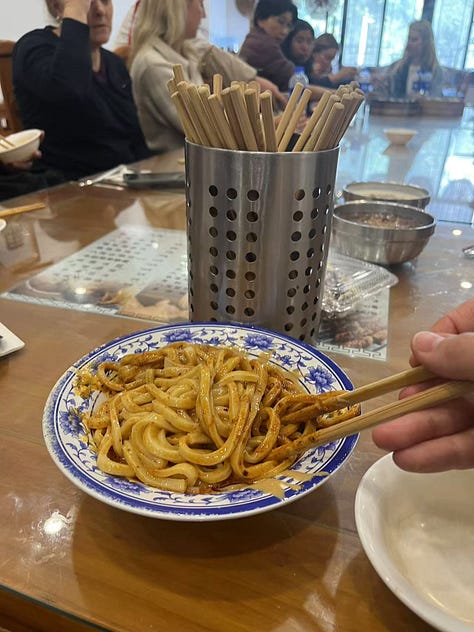
I spent 10 days in China on a group trip organized by my favorite youtuber, BlondieInChina. It was organized through TrovaTrip. We spent the first half of the trip in Beijing, the capital city of China, and the second half in Xi’an, the former capital city of China.
before you go:
First things first, it would be a bit intimidating and difficult to go to China all by yourself if you don’t speak the language or know much about it. I highly recommend finding a group tour organized by someone who can speak English & Chinese.
getting a visa: this is definitely the biggest barrier to traveling in china and I can only speak on how to get a visa as a US citizen.
As a US citizen you CAN visit Hong Kong and Macau without a visa (as long as you’re there for under 90 days).
You can also transit through mainland china without a visa for up to 144 hours (6 days). To do this, you must enter China from another country and depart from china to a third country. For example, you could go to China from the US and spend 6 days there, and then on the 6th day you could travel on to Thailand (or anywhere but the US). I believe you can only travel to certain cities in China for this option.
the traditional visa process requires a decent amount of documents and visiting a Chinese embassy in person, which is difficult if you don’t live near one. I recommend referring to r/ChinaVisa on reddit for simpler explanations. On that page you can also find third-party services which will obtain the visa for you if you cannot get to an embassy.
setting up payment methods: the thing about China is that it is very advanced. almost no one accepts cash and most places don’t accept physical credit cards. You can pay for literally everything with the apps WeChat or AliPay. Download these before you go and set up the payment methods. I used a Visa card on the app and it worked fine. Once that is set up, its a breeze. Either scan a QR code to pay for something, or the store/cashier/etc will scan your QR code on the app.
learn a few basic phrases: as with anywhere, it is respectful to try to learn how to say at least a few things. Use YouTube for pronunciation. Learn to say things like hello (ni hao), thank you (xie xie), yes (Shì de), no (bu), etc. Maybe also learn things like “not spicy” if you’re nervous about spice levels lol.
set up a VPN or e-sim: It’s true that you cannot access most US apps in China, like Google, TikTok, Instagram, Facebook, etc. However, its very easy to get around it. If you are using an international data plan, you’ll be able to access all of it. You can also use a VPN. If you get on wifi, for example at your hotel, you will not be able to access it without the VPN.
where I stayed
beijing: Beijing Sunworld Hotel xi’an: Xi’an Bell Tower Hotel
I highly recommend both of these hotels. In Xi’an, this hotel was RIGHT in the center of town, so getting around was very easy. The hotel in Beijing was also very central and easy to get to places from.
Both hotels had great breakfast buffets, and I think they were both included in the stay. like i said, I did not book or plan these spots specifically, so I’m not sure what other hotels may have been like. but both of these spots were perfectly fine for me.
foods you can’t miss
Chinese food — real chinese food — is so so good. Just like in the US, it is not a monolith. some regions use lots of spice in their food, some don’t. some regions eat more rice, some eat more noodles. there are coastal, seafood-heavy regions, and there are landlocked regions. the variety is massive and there are so many delicious things to eat everywhere. yes, there are some foods that may seem “strange” to Americans, but there are plenty of “normal” foods as well. But I do encourage at least trying some of the “weird food.” You might be surprised!
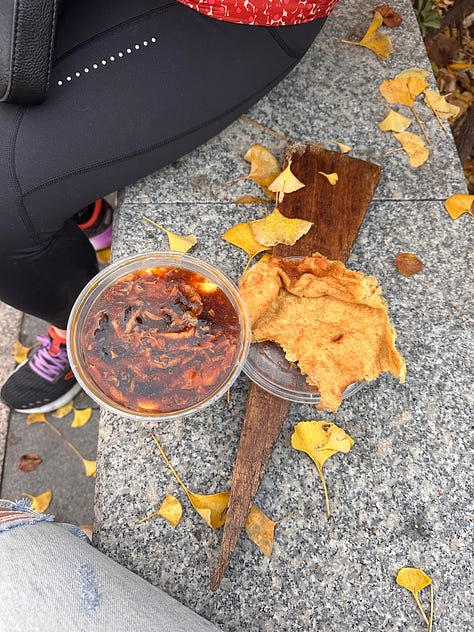
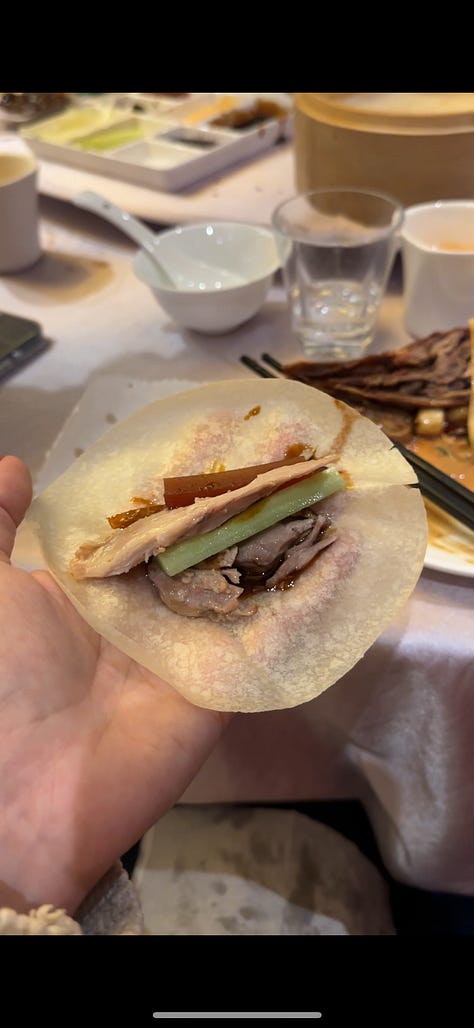
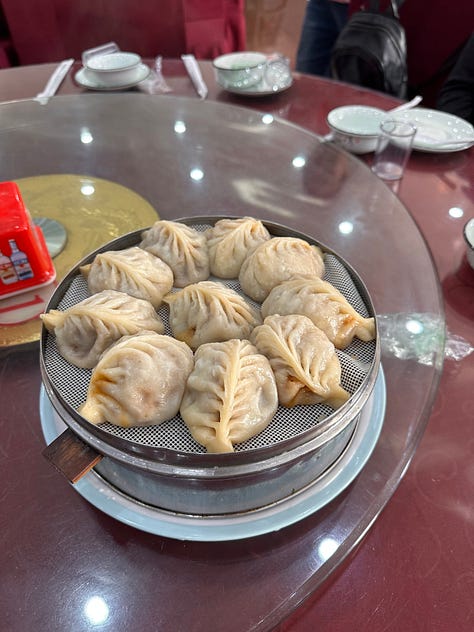
tofu brains - Douhua
Don’t worry, there arent actual brains in this. I had tofu brains on a Beijing breakfast tour, and it was one of my favorite things of the whole trip. It is the softest and silkiest homemade tofu, served warm, with a savory mushroom sauce on top. Douhua isn’t always with a mushroom sauce, though. You most often find it as a dessert with sweet toppings!
peking duck
no trip to beijing is complete without having peking duck. its a whole roasted duck with very crispy skin and juicy meat. It’s most often served sliced with a little crepe-like pancake and an assortment of toppings. it is incredible.
donkey dumplings
okay, here’s where I may lose some of you. After seeing the Great Wall, we stopped for lunch at a very local spot outside of the city. They served us an assortment of foods, one of which was donkey dumplings. its exactly what it sounds like. dumplings filled with donkey meat. it was so savory and delicious, similar in flavor to a pot roast.
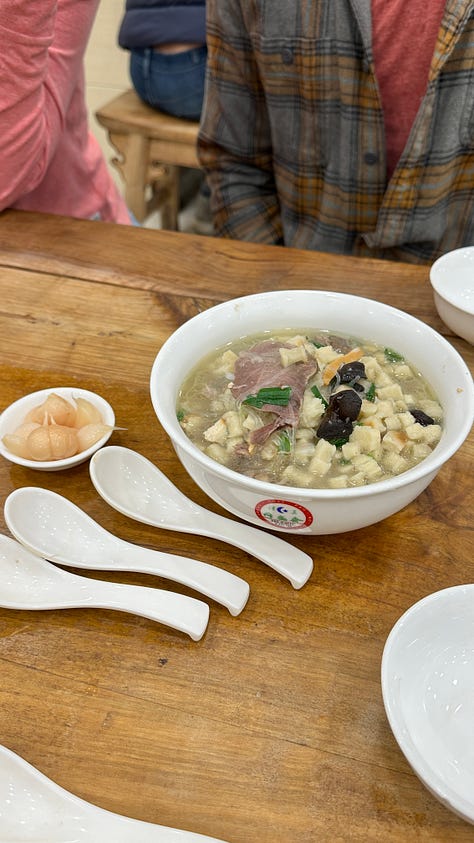
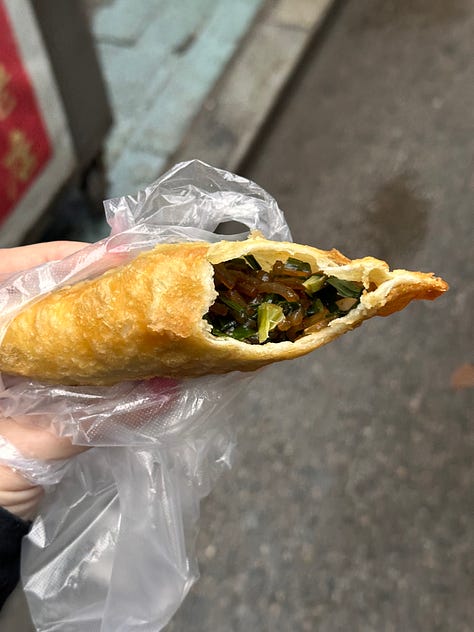
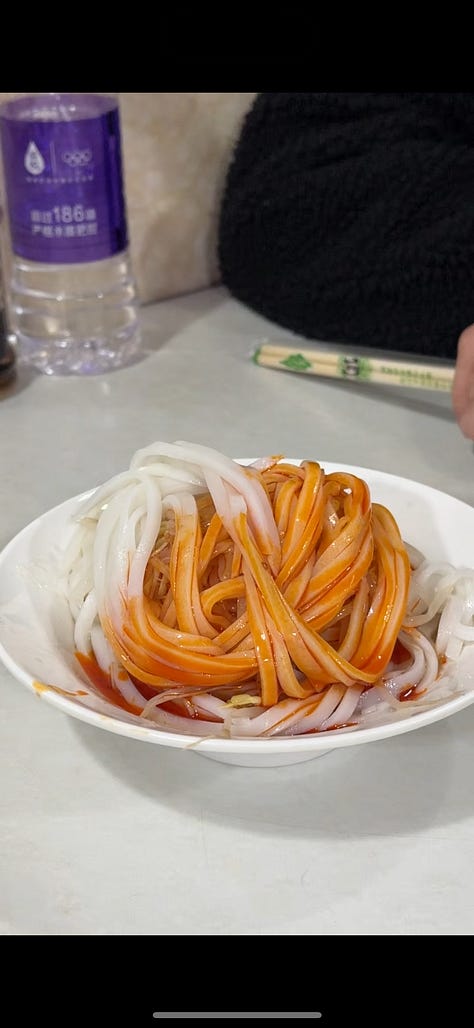
Paomo - Bread soup!
Paomo is something that im certain every single one of you would love. It’s essentially a beef or lamb soup with tiny bits of bread. the bread ends up getting doughy like a dumpling rather than soggy bread. There are also glass noodles and some mushrooms. its savory and so hearty and comforting. perfect for a rainy day. Blondie in China has a great video about this dish!
chive pockets
I’m not certain if this is the correct name, but this was also something I ate on a breakfast tour in Xi’an. It was reminiscent of an empanada with deep fried dough, but the filling was these sweet potato glass noodles and chinese chives. it was very good!
qinzhen liangpi
essentially thick rice noodles with chili oil and some bean sprouts. sounds very simple, and it is, but it was very satisfying and somewhat light. however, the spice definitely builds on this one.
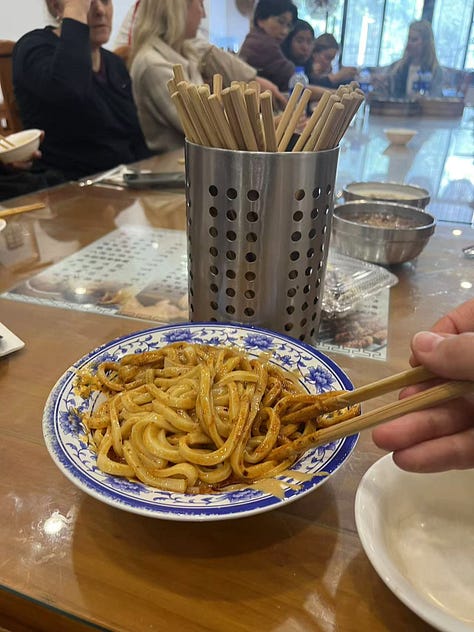
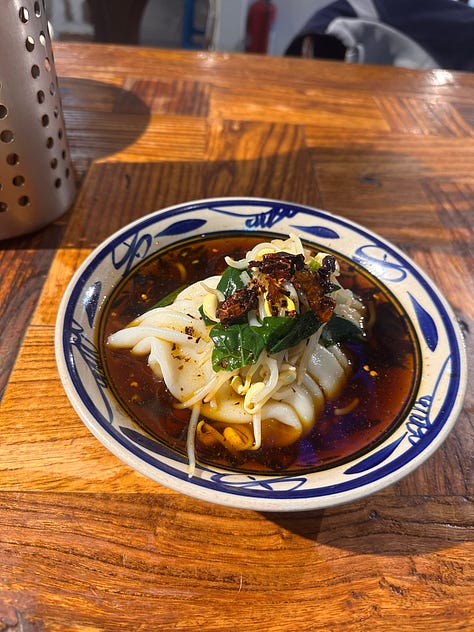
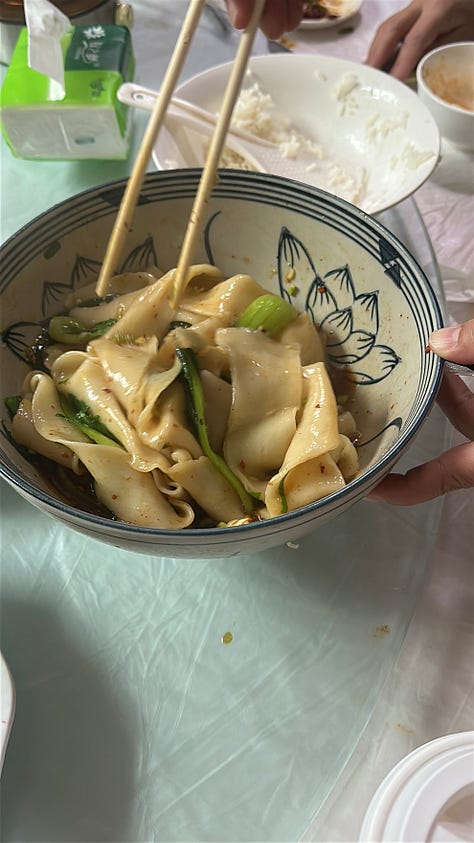
Noodles!
believe it or not, some of my favorite dishes the whole trip were noodles! now, I don’t recall the names of all of these, but I can explain them.
The first photo was a type of liangpi with chewy wheat noodles and a sauce of sesame paste and chili oil. It was savory and slightly sweet, but extremely satisfying.
The second photo came from a random stall at a sort of food hall. It was fresh made rice noodles (I watched her steam and cut them right in front of me!) in a savory beef broth that had a little bit of spiciness to it. The noodle texture was incredible.
The third photo is a famous Xi’an dish, biang biang noodles. These are wide wheat noodles that are stretched by hand and by “banging” the noodles on the table. I forget what else was int his dish but it was very flavorful and saucy, not soupy.
Things to do and see
Beijing:
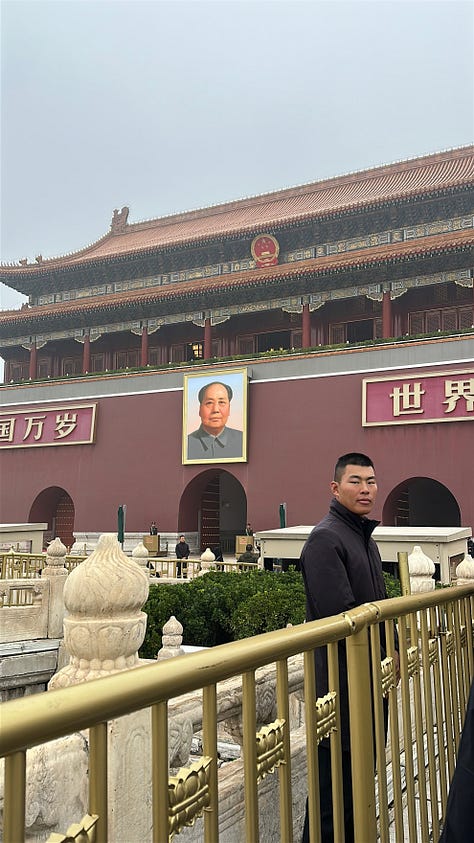
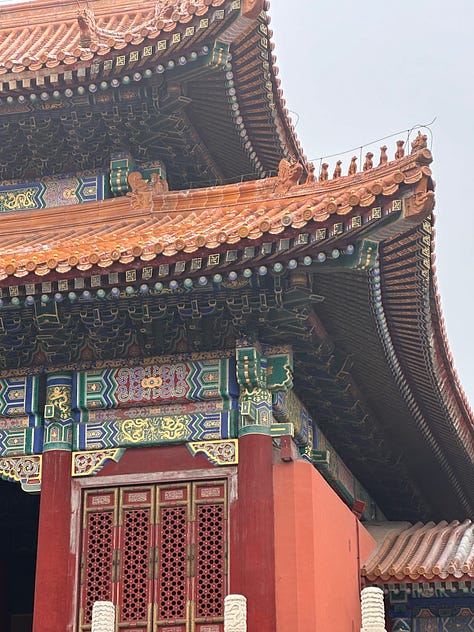
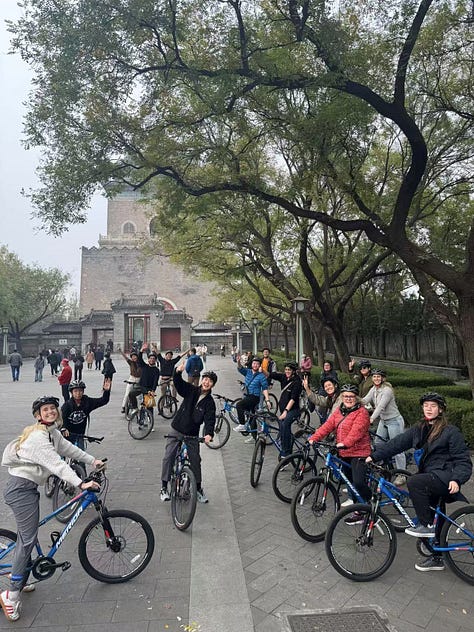
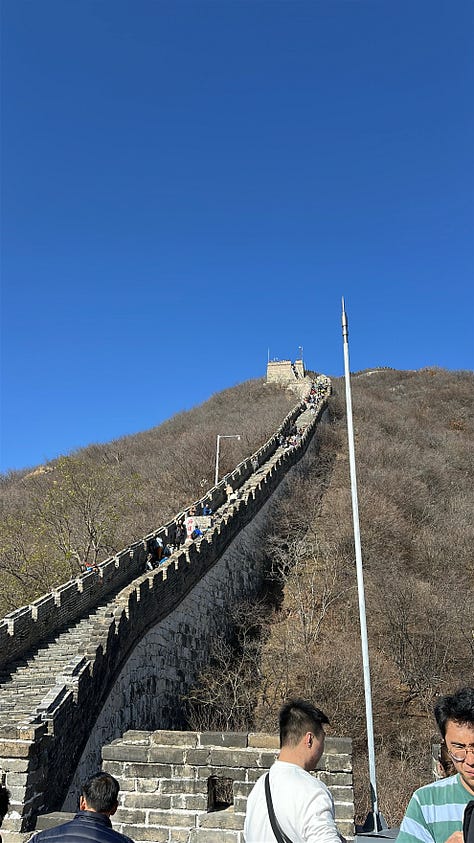
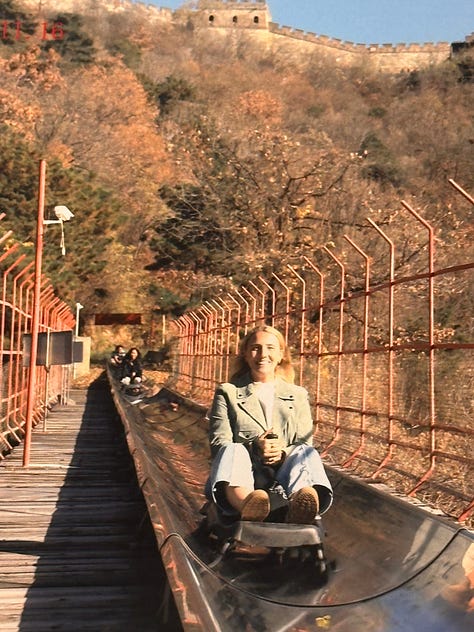
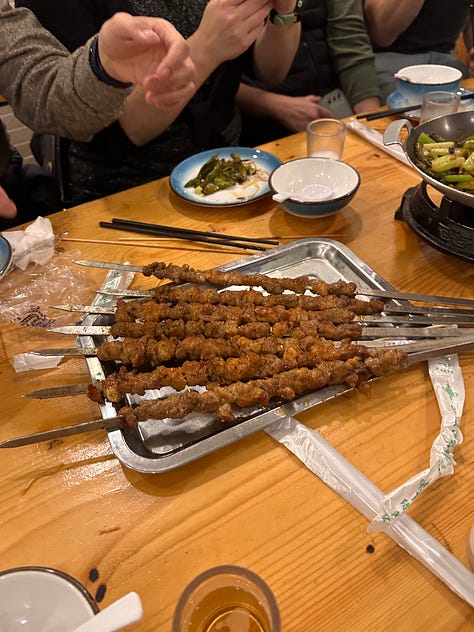
The Great Wall of China - I mean, you can’t miss this. Outside of Beijing is a large portion of the Great Wall that you can climb. Be warned, though, it is quite steep at some parts and can be a bit of a hike. Oh, and you can slide down at the end.
Tiananmen Square & The Forbidden City - We did these back to back. I think it would be helpful with a historian tour guide, but we learned a lot and the forbidden city has a ton of history. Its also huge!
Hutongs Bike Tour - The hutongs are sort of like alleyways in Beijing where people live, but theres also a lot of interesting sights. We took a guided bike tour through the hutongs, which was very enjoyable!
BBQ - Do a group activity such as a BBQ restaurant (do not skip the lamb skewers!) or even some karaoke!
Xi’an:
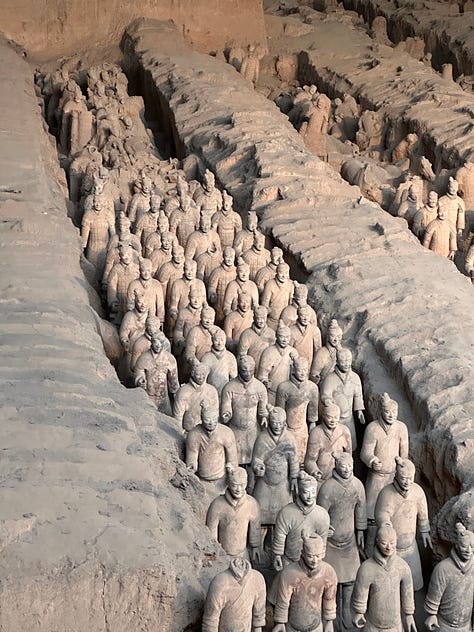
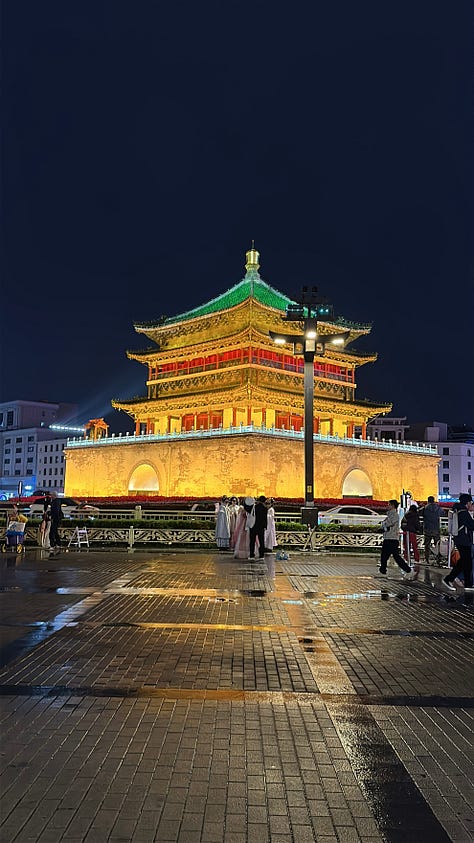
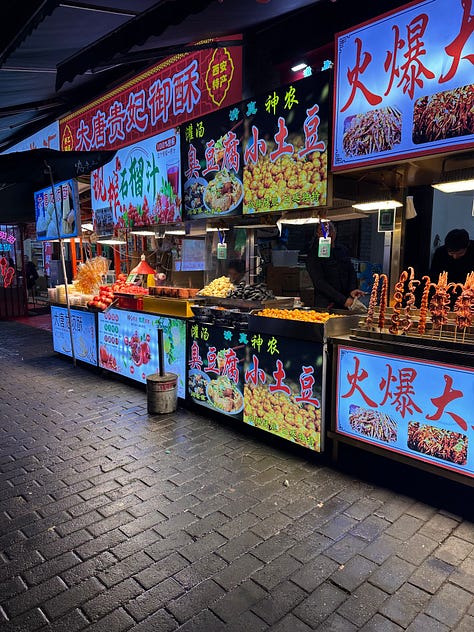
Terracotta Warriors Museum - This was one of the coolest historical sights I have ever seen. The story about these is far too long for me to tell, but it is fascinating. Read this article or watch the documentary on Netflix!
Xi’an City Wall - We biked around the top of the city wall, which I honestly don’t really recommend. it was cold and the bikes were uncomfortable. However, the wall is quite cool to see and you can walk around the top of it!
Muslim Street - Xi’an has a large muslim population (which is why you’ll find more beef/lamb and less pork here). Muslim street is essentially a street with a ton of food vendors and stores. its fun to walk around and buy some snacks! Get the pomegranate juice and a cumin lamb skewer.
I could go on and on forever about this trip! I am more than happy to answer any questions or give more specific recommendations as well :)





Some great tips here - so glad the hutong are still standing and you can experience the 'old' Beijing!